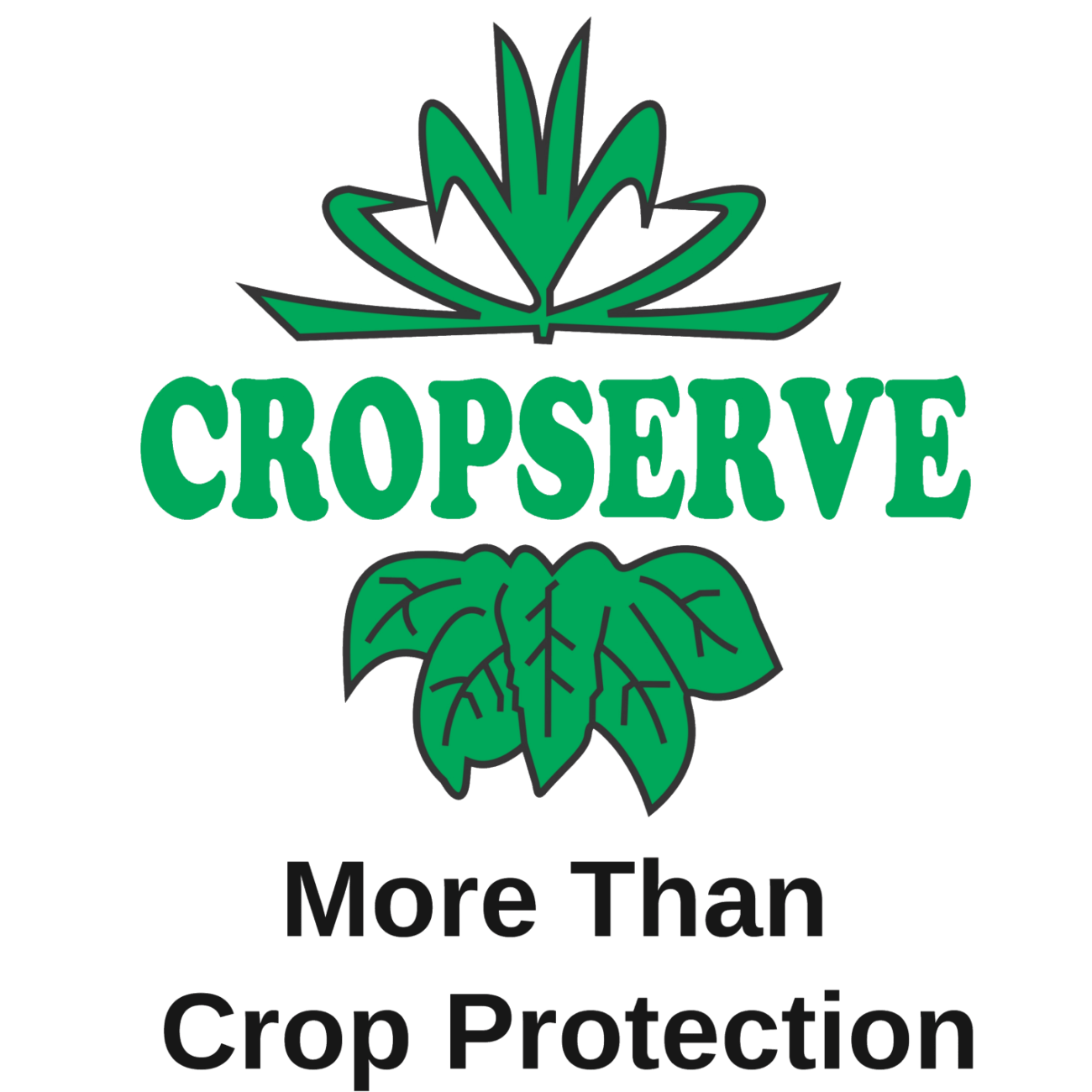Role in the plant: Plays an integral role in holding together plant cell walls, which maintains cell strength and shape (turgidity). It is predominantly required at growth stages of the crop when development is happening at growing points of new plant tissues. This nutrient is carried up into the plant from the roots through the xylem.
Deficiency symptoms: Often no leaf discolouration, however, the leaves can wilt or show sign of poor leaf development in new leaves. Root development can be stunted. Deficiencies can also result in poor fruit development. Contact an agronomist for more information.
Toxicity symptoms: N/a
Soils that have calcium most prevalent: Carry out a nutrient analysis. This can be dependent on your soil type as some soils have naturally high levels of calcium present. Acidic leached soils (high rainfall areas) can often have calcium deficiencies.
Management remarks: Foliar fertilizers can correct nutrient deficiencies rapidly at critical growth stages of the crop. Calcium can be most effectively added to the soil through liming for longer-term soil correction, however, calcium can leach from the soil and may require routine applications. Identify the status of your magnesium levels in your soils to determine what lime type to use. Contact an agronomist to find out more.

